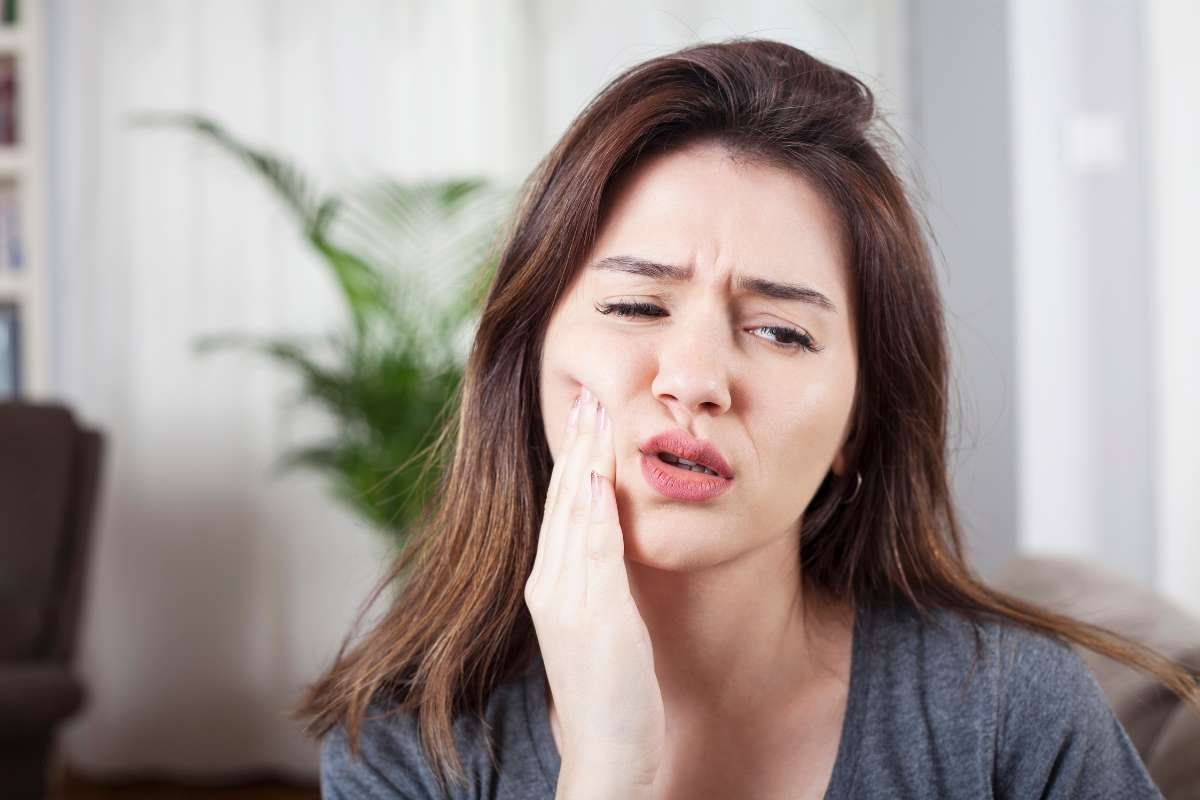Key Points:
- Men need twice the exercise as women for heart benefits.
- Women reduce their heart disease risk more with less exercise.
- Exercise guidelines should consider sex differences.
Men may need to exercise twice as much as women to achieve the same reduction in coronary heart disease risk, according to a new men vs women exercise study published Oct. 27 in Nature Cardiovascular Research. The study suggests that physical activity guidelines should account for biological differences between men and women.
Researchers analyzed health and activity data from more than 80,000 adults enrolled in the UK Biobank project. They found that women who exercised for 250 minutes per week lowered their risk of heart disease by 30%. In comparison, men needed to exercise for 530 minutes, or nearly nine hours weekly, to see the same benefit.
The research, part of the men vs women exercise study, was led by Dr. Jiajin Chen of Xiamen University in China. “Compared with male individuals, females derive equivalent health benefits with only half the exercise time,” the authors wrote. They added that the findings could motivate women to engage in more physical activity, given the significant cardiovascular advantages even with moderate exercise levels.
Current guidelines may overlook differences
Under existing National Health Service (NHS) guidelines, adults aged 16 to 64 should complete at least 150 minutes of moderate exercise or 75 minutes of vigorous activity each week. However, the men vs women exercise study indicates that these uniform targets may overlook key physiological differences between men and women.
The team first reviewed data from 80,243 participants without coronary heart disease at the start of the study. Women who met the 150-minute weekly target had a 22% lower risk of developing heart disease after eight years, while men’s risk decreased by 17%. Further analysis revealed that women could reduce their heart disease risk by 30% with 250 minutes of exercise weekly. Men needed to more than double that amount for the same improvement.
Greater benefits for women with heart disease
The results were even more notable among individuals who already had coronary heart disease. Among more than 5,000 participants in this group, women who met the weekly exercise target were three times less likely to die during the follow-up period compared with men who exercised the same amount.
Professor Yan Wang, a senior author of the paper, said the study highlights that both men and women benefit substantially from physical activity. “We particularly hope that our findings could encourage physically inactive females to become more active, thereby reducing their cardiovascular risk,” he said. Wang emphasized that regular exercise remains vital for everyone, regardless of sex.
Biological factors may play a role
Globally, cardiovascular disease is a leading cause of death, claiming the lives of one in three women. Yet data show that women are generally less likely than men to meet physical activity recommendations. The study’s authors believe that presenting evidence of higher relative benefits for women could help change that pattern.
Scientists are still investigating why women may gain more from exercise than men. Possible explanations include differences in sex hormones, muscle fiber composition, and how the body processes glucose to produce energy.
Call for sex-specific health strategies
In a commentary accompanying the men vs women exercise study, Dr. Emily Lau, a women’s cardiovascular health specialist at Massachusetts General Hospital, said the findings challenge existing assumptions in health guidelines. “This study provides further evidence that one size really does not fit all,” Lau wrote. “It is time to embed sex-specific strategies into guidelines and to develop tailored interventions to optimize cardiovascular health for women.”
The researchers concluded that while exercise is universally beneficial, men may require greater physical activity to achieve the same level of heart protection as women. They urged policymakers and health organizations to consider sex-based differences when developing future fitness and prevention recommendations.







